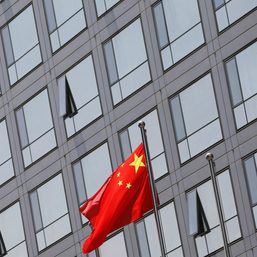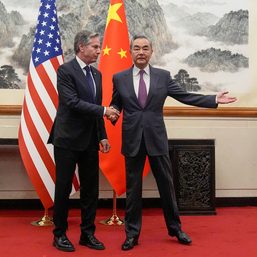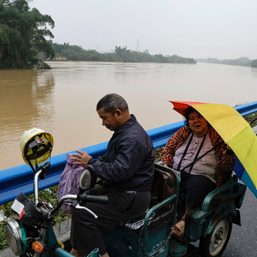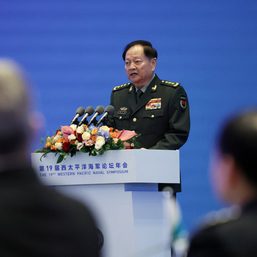SUMMARY
This is AI generated summarization, which may have errors. For context, always refer to the full article.

China will likely avoid setting a 2021 growth target, dropping the closely watched measure for a second straight year on concerns that maintaining one could encourage provincial economies to ramp up debt, policy sources told Reuters.
The world’s second biggest economy eked out 2.3% growth last year despite the ravages of the pandemic that emerged in the central city of Wuhan, and will rebound a sharp 8.4% this year thanks to Beijing’s aggressive COVID-19 response and global recovery, according to a Reuters poll of economists.
But policymakers fear that pegging official ambitions to a specific rate of growth could encourage regional governments to pursue even higher growth, in turn prompting an unhealthy rise in debt to hit the target, two sources said.
Government advisers who call for scrapping the gross domestic product (GDP) target again this year appear to be gaining the upper hand, while policymakers may again signal a goal implicitly by targeting employment and other indicators, said the sources, who asked not to be identified because the discussions are confidential.
“We will not set an explicit target, but in reality there will be a target,” said a government adviser, 1 of 3 sources saying the target will again be scrapped. “We will not emphasize the importance of achieving a target at all costs.”
But internal discussions are continuing ahead of China’s annual parliament meeting in early March, and one source said the National Development and Reform Commission, the top state planner, remains keen to have a growth target.
The commission and the information office of China’s State Council did not immediately respond to requests for comment.
Debt worries
Even before the pandemic, internal calls to scrap growth targets – a legacy of decades of central planning in the Communist Party-ruled country – had been growing since President Xi Jinping pledged in 2017 to pursue “higher-quality” growth, reducing reliance on debt-fueled stimulus and encouraging more productive investment.
China set no target last year, for the first time in 18 years, as COVID-19 roiled the global economy, sending China into a sharp contraction before it mounted a robust recovery thanks to strict virus controls and heavy demand for Chinese-made goods from countries struggling with the outbreak.
Still, many economists suspect the government maintained an implicit growth goal of around 3% in 2020.
The government is expected to target inflation around 3% this year, below last year’s goal of about 3.5% but above the actual 2.5% rise in consumer prices, the sources told Reuters.
Among the options proposed by advisers, they said: a GDP target around 8%, in line with forecasts, or no forecast.
Policymakers plan to set an average annual growth target of around 5% for the 14th 5-year plan starting this year, Reuters reported in November.
Ma Jun, an influential policy adviser to the central bank, told a recent forum that China should abolish GDP targets, switching to employment and inflation as the main policy goals.
“If we use GDP growth as an official target, local governments may…set very high GDP targets, thus increasing financial risks from hidden debt, because it’s easier to rely on borrowing to achieve investment-driven GDP growth than other methods,” Ma said.
Central bank governor Yi Gang has said China’s total debt hit about 280% of GDP at the end of 2020, spiking 20 percentage points from a year earlier – but would likely stabilize in 2021.
Some local authorities are already raising growth targets for this year.
Hainan, an island province that the central government wants to become a free trade port to rival Hong Kong, aims for over 10%, up from last year’s goal of around 6.5%. Hubei province, which includes Wuhan, is targeting growth of over 10% this year, while Henan and Hunan provinces have targets above 7%.
Guangdong, the largest provincial economy, is targeting growth above 6%, up from a goal of around 6% last year. – Rappler.com
Add a comment
How does this make you feel?










There are no comments yet. Add your comment to start the conversation.